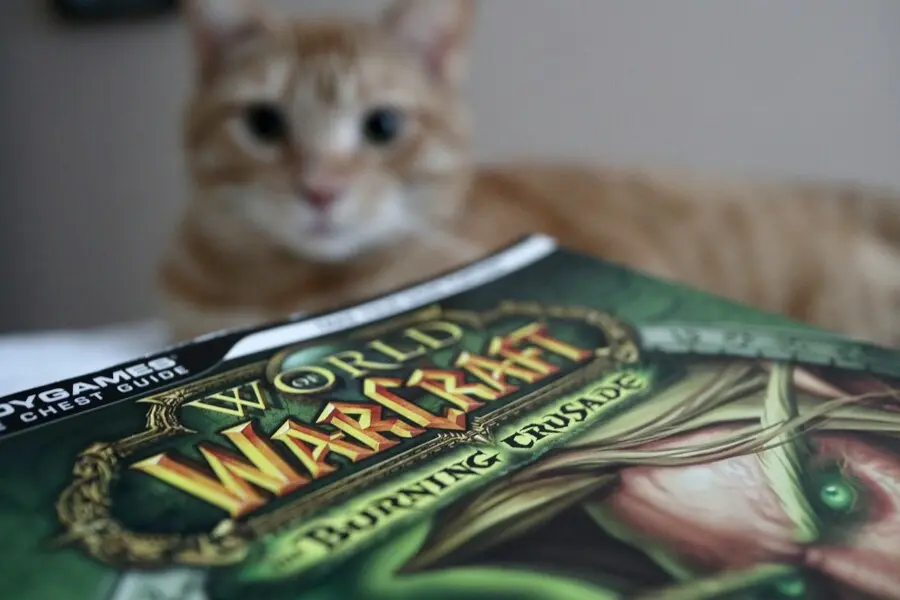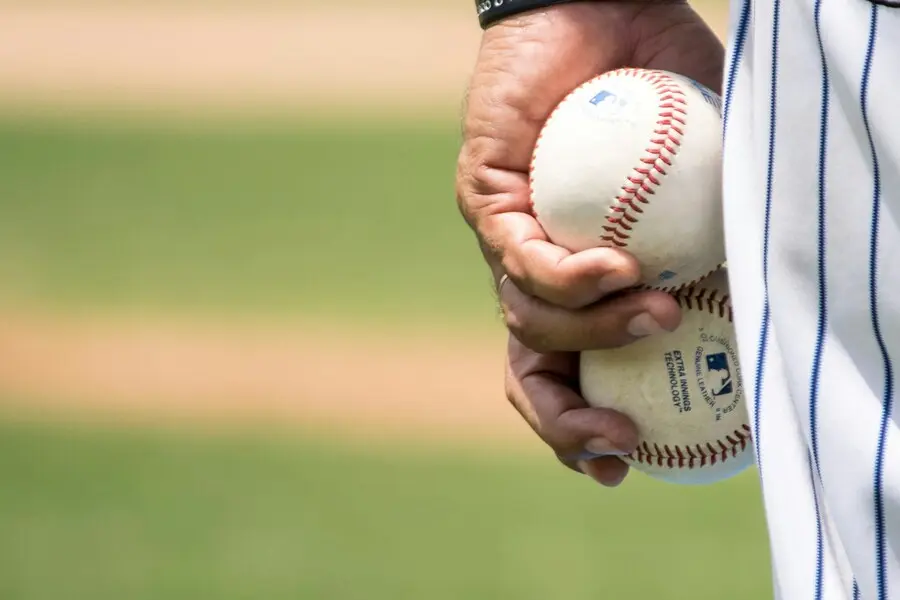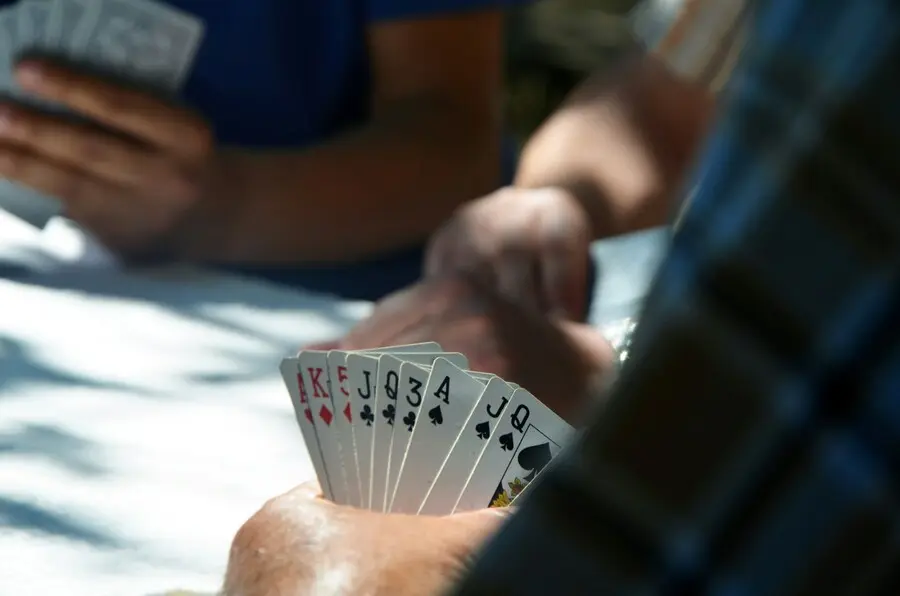Glamor, glitz and Gershwin. The 1920's were an era that saw the rise of flappers, gangsters and Broadway musicals.
Coming out of the late 1800's and early 1900's, America was leaving rural living behind and moving to the big cities. With that came the indulgence of music, moonshine and misbehaving. Unknowingly headed for the Stock Market Crash and the Great Depression, many Americans were indulgent, lawless and living life in the fast lane. It was the time of Al Capone, Hollywood glamor girls and prohibition.
Dance halls and speakeasies were springing up on every corner. The pace of life was headed towards full throttle and all of that was being reflected in American music. The beat got faster and the sound passionately reflected a careful style of frolic and fun. Ragtime was evolving into the new controversial genre of jazz, which would certainly come into its own by the 1930's. Probably the most definitive and influential music of the decade however, was that of the Broadway musical.
Even in an era that seems technologically privileged to us today, the lights of Broadway illuminated New York City with 25 million candlepower lights that cost millions of dollars. Elaborate musical scores were being composed by greats such as George and Ira Gershwin. These seriously talent showmen turned out elaborate productions that would continue to pack out the theaters throughout the decade. Intricate musical scores and fabulously choreographed dance numbers that are still celebrated today, would see show-goers spending top dollar just to experience one of these productions. At that time, tickets were selling for as much as $ 3.50 a piece. For some that could be a week's wages.
The tempo was upbeat, as was the mood of the thriving young country. Ragtime and blues were experiencing progressive innovations. The marching band style of music began featuring more horns, pianos, and strings. Vocals were being introduced into the mix with the powerful voices of legends like Bessie Smith, Rudy Valeé, Ella Fitzgerald and Louis Armstrong.
Some of the most popular songs of all time came out during the 1920's. George and Ira Gershwin's, Embraceable You was written in 1928 and would ever find it's most memorable home in the voice of the incomparable Billie Holiday's 1944 rendition.
One of the most talented singer / songwriters in musical history is Irving Berlin, which musical credits include poetic standards such as Always, Remember, and the timeless, White Christmas. His contributions to the Broadway musicals of the Twenties included songs from productions such as the Ziegfeld Folliesand Coconuts.
Radio and phonographic records were bringing the different genres of music to remote areas of the nation. The American public was now being introduced to talent, which prior to the wide availability of these mediums, was only heard locally in concert and dance halls.
The gangster capital of America at the time was Chicago and out of that area a new musical genre was becoming hot. Riding on the coat tails of ragtime and blues, was the up and coming jazz invasion. Many believe that jazz, in its earliest forms, moved up from New Orleans to the Chicago area where it evolved into the style of jazz, as we know it today. Popular artists to come out of this era include King Oliver's Creole Jazz Band, Duke Ellington and Louis Armstrong.
A decade that began with a boom would end with a crash. A careful and somewhat spoiled American public would see a catastrophic end to the high life of the Roaring Twenties with the Stock Market Crash on October 29, 1929.
The great advances in American music would continue at a much slower pace during the next decade as songs of celebration and liberation would turn to down-on-your luck lyrics that were definite of the times during the 1930's. Music of the 1920's would come to tell a story, a story of a culture of people who grabbed life by the horns, ran with it and lived it to its fullest.
Source by Darrell Berg-Smith












